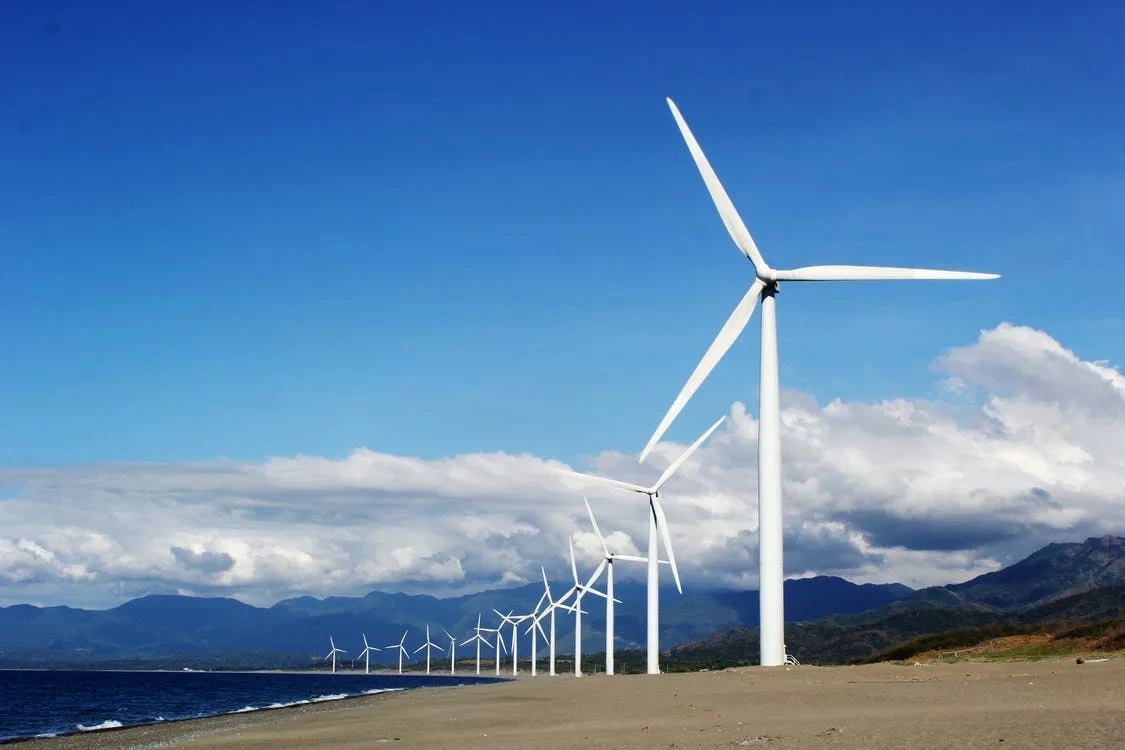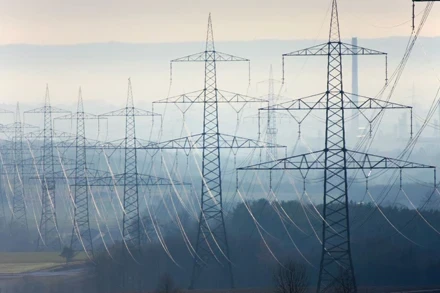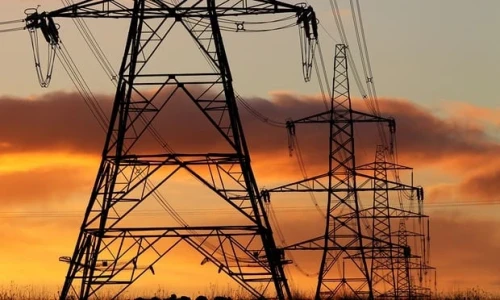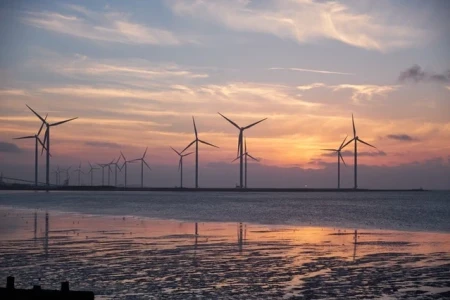Unlocking More Value from Wind Energy Through Smart Monitoring

As the global demand for renewable energy intensifies, wind farms are emerging as pivotal players in the transition to sustainable power sources. In 2023, the wind industry added a remarkable 117 gigawatts (GW) of global capacity, underscoring its growing significance in the energy landscape. However, to maintain and accelerate this momentum, ensuring the efficient operation and maintenance of wind farms is paramount. Traditional reactive maintenance approaches are proving inadequate, necessitating a shift towards smart monitoring systems that leverage advanced technologies to enhance performance and reliability.
The Challenges of Wind Farm Maintenance
Wind turbines are complex machines operating in challenging environments. Their remote locations and exposure to harsh weather conditions make regular maintenance both difficult and costly. Historically, many wind farm operators have adopted a reactive maintenance strategy, addressing issues only after they manifest. This approach often leads to unexpected downtime, reduced energy production, and increased repair costs. Moreover, delayed maintenance can accelerate wear and tear, shortening the lifespan of critical components and compounding operational challenges.
The Role of Smart Monitoring in Enhancing Wind Energy Value
Smart monitoring systems integrate real-time data collection, advanced analytics, and predictive maintenance to transform wind farm operations. By continuously monitoring key performance indicators such as vibration, temperature, rotor speed, and power output, these systems provide operators with actionable insights into turbine health and performance.
1. Predictive Maintenance
One of the most significant advantages of smart monitoring is its ability to predict potential failures before they occur. By analyzing historical and real-time data, machine learning algorithms can identify patterns indicative of impending issues, allowing operators to schedule maintenance proactively. This predictive approach minimizes unplanned downtime, reduces repair costs, and extends the operational life of turbines.
2. Optimized Performance
Smart monitoring systems enable operators to fine-tune turbine operations for maximum efficiency. For instance, by analyzing wind conditions and turbine performance data, operators can adjust blade angles and other parameters to optimize energy capture. This dynamic adjustment ensures that turbines operate at peak performance, even as environmental conditions fluctuate.
3. Remote Monitoring and Control
The ability to monitor and control turbines remotely is a game-changer for wind farm operations. Smart monitoring systems facilitate centralized oversight, allowing operators to detect anomalies and initiate corrective actions without the need for on-site visits. This capability is particularly beneficial for offshore or geographically dispersed wind farms, where access can be challenging and costly .
4. Data-Driven Decision Making
The integration of advanced analytics and artificial intelligence into smart monitoring systems empowers operators to make informed decisions based on comprehensive data. By correlating performance metrics with environmental factors, operators can identify inefficiencies, optimize maintenance schedules, and enhance overall operational strategies .
Case Study: Implementing Smart Monitoring in Wind Farms
A notable example of smart monitoring implementation is seen in a wind farm that integrated vibration sensors and data collectors across its turbines. This setup enabled continuous monitoring of turbine health, with data analyzed to detect early signs of wear or potential failures. By transitioning to a proactive maintenance approach, the wind farm significantly reduced downtime, extended equipment lifespan, and improved overall productivity.
As the wind energy sector continues to expand, embracing smart monitoring technologies is crucial for maximizing the value derived from wind assets. By shifting from reactive to proactive maintenance strategies, operators can enhance turbine reliability, optimize performance, and contribute to a more sustainable and efficient energy future. The integration of advanced monitoring systems not only improves operational outcomes but also supports the broader goal of reducing the carbon footprint and advancing the global transition to renewable energy.









